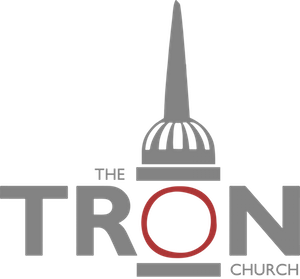"1Now the point in what we are saying is this: we have such a high priest, one who is seated at the right hand of the throne of the Majesty in heaven, 2 a minister in the holy places, in the true tent that the Lord set up, not man. 3 For every high priest is appointed to offer gifts and sacrifices; thus it is necessary for this priest also to have something to offer. 4 Now if he were on earth, he would not be a priest at all, since there are priests who offer gifts according to the law. 5 They serve a copy and shadow of the heavenly things. For when Moses was about to erect the tent, he was instructed by God, saying, “See that you make everything according to the pattern that was shown you on the mountain.”
Hebrews 8:1-5
The Apostle brings his argument about the kind of high priesthood that men need to a triumphant conclusion by his statement in 1 - we have such a high priest in Jesus Christ. This in fact is the climax of the point which was mentioned first in chapter 3, when we were asked to 'consider the apostle and high priest of our confession, Christ Jesus'. Now we are ready to pass on to the next consideration, which is the Tabernacle. The point here is the same as previously - the superiority of the true tabernacle over the old, inasmuch as the old tabernacle was simply a shadow, a pattern, of the glorious reality in the heavens, the house of God not made with hands. It is here that Christ's priesthood is exercised, not on earth, for the exercise of priesthood on earth was conferred by law on the sons of Levi, and Christ was of the tribe of Judah (4). The 'somewhat to offer' in 3 must refer to His offering of Himself for our sins, and both the old tabernacle and all the sacrifices offered therein were simply visible illustrations of this invisible reality to which the Epistle wishes to direct our attention. The test of faith is that it should be able to lay hold on the things that are unseen and eternal, beyond all visible representations of them in the Christian revelation only the intangibles are real.
